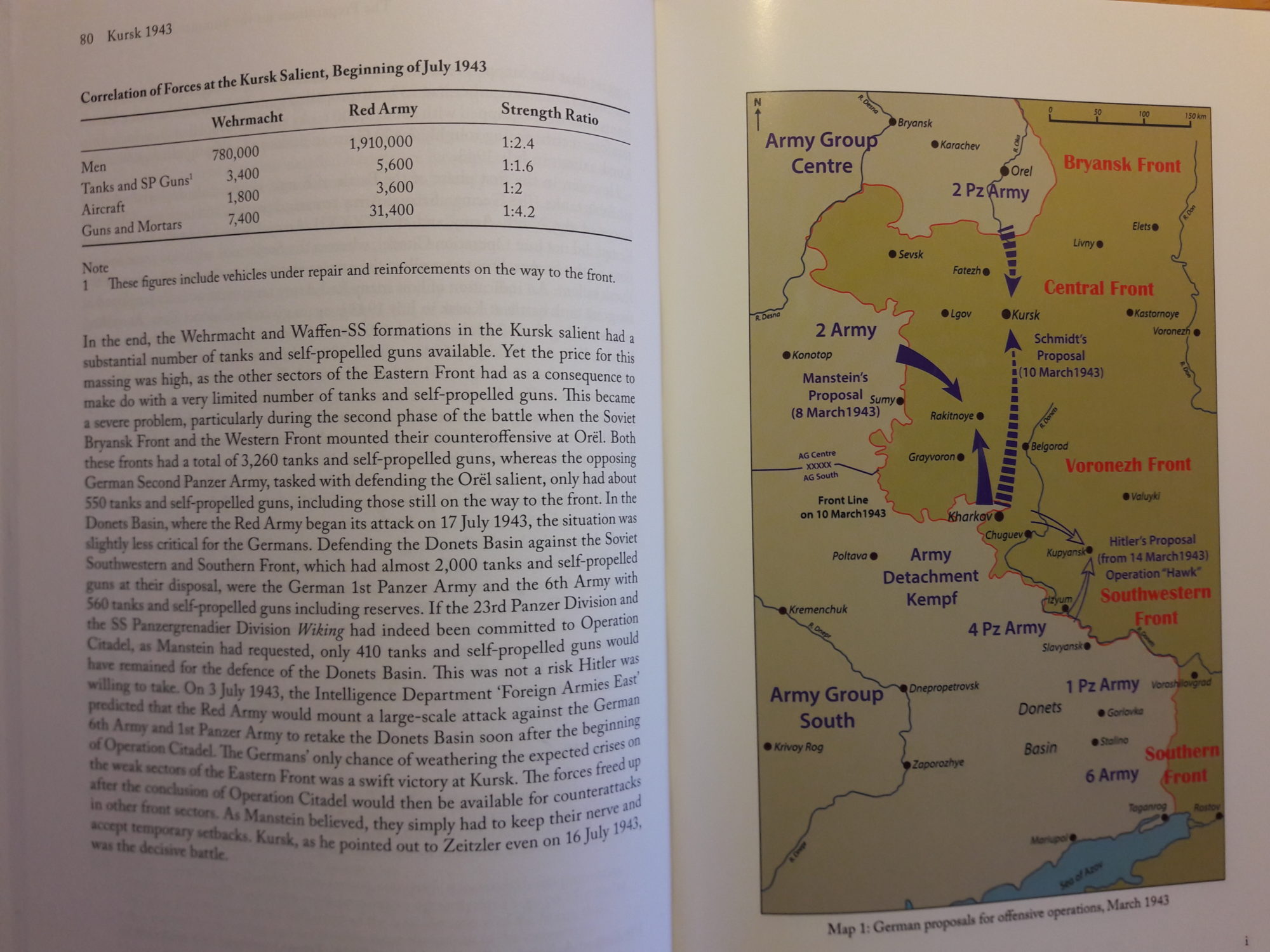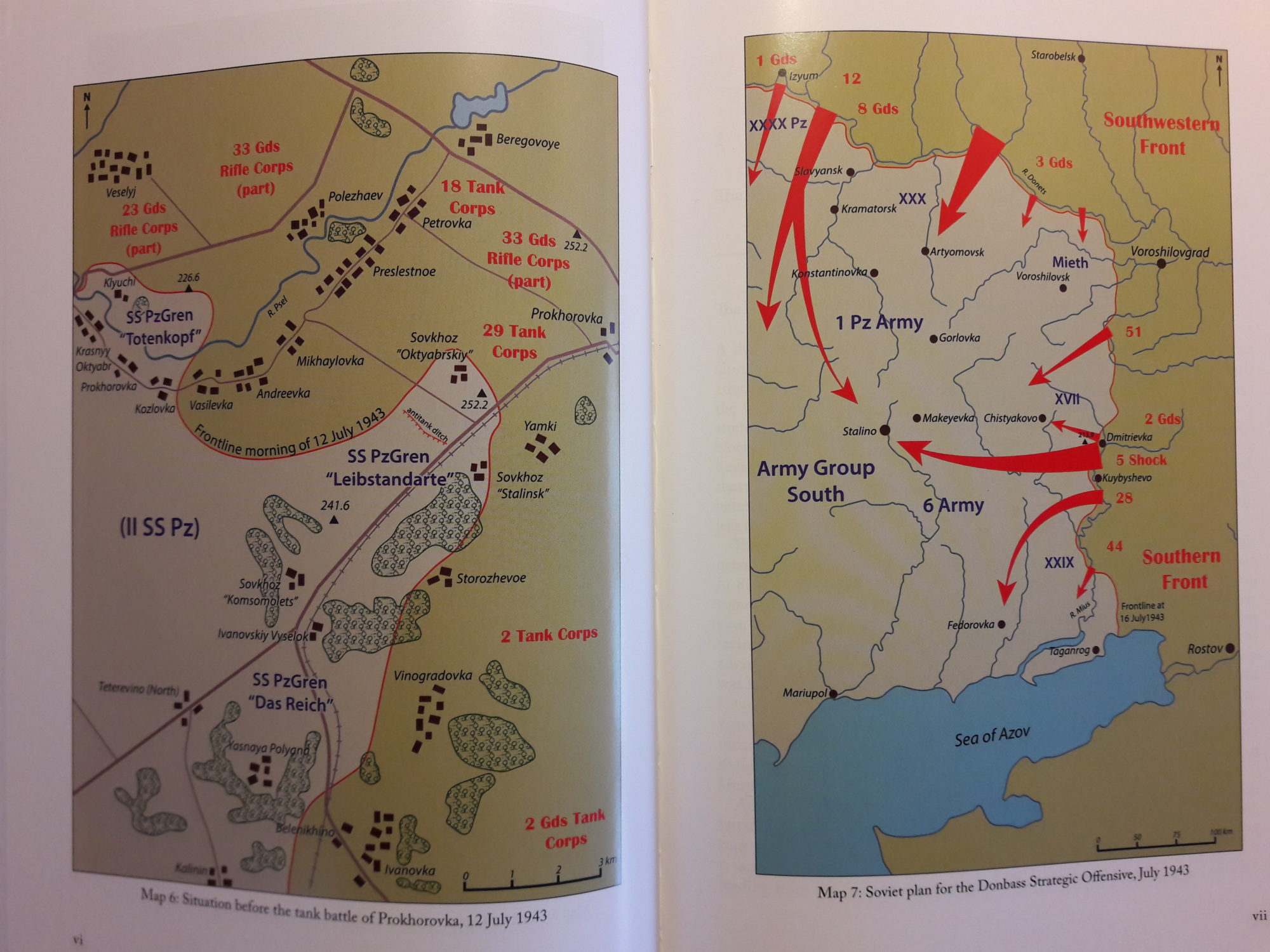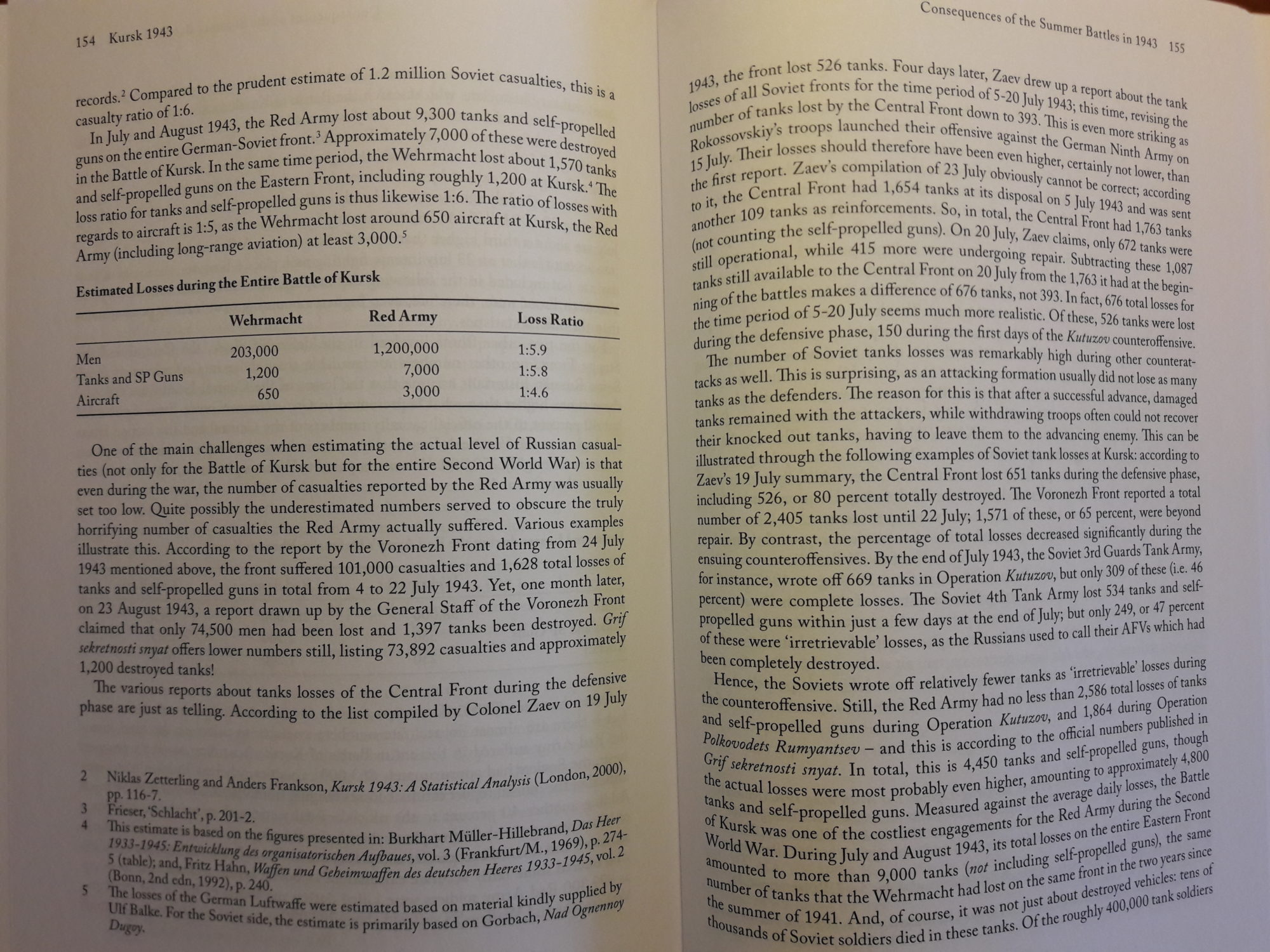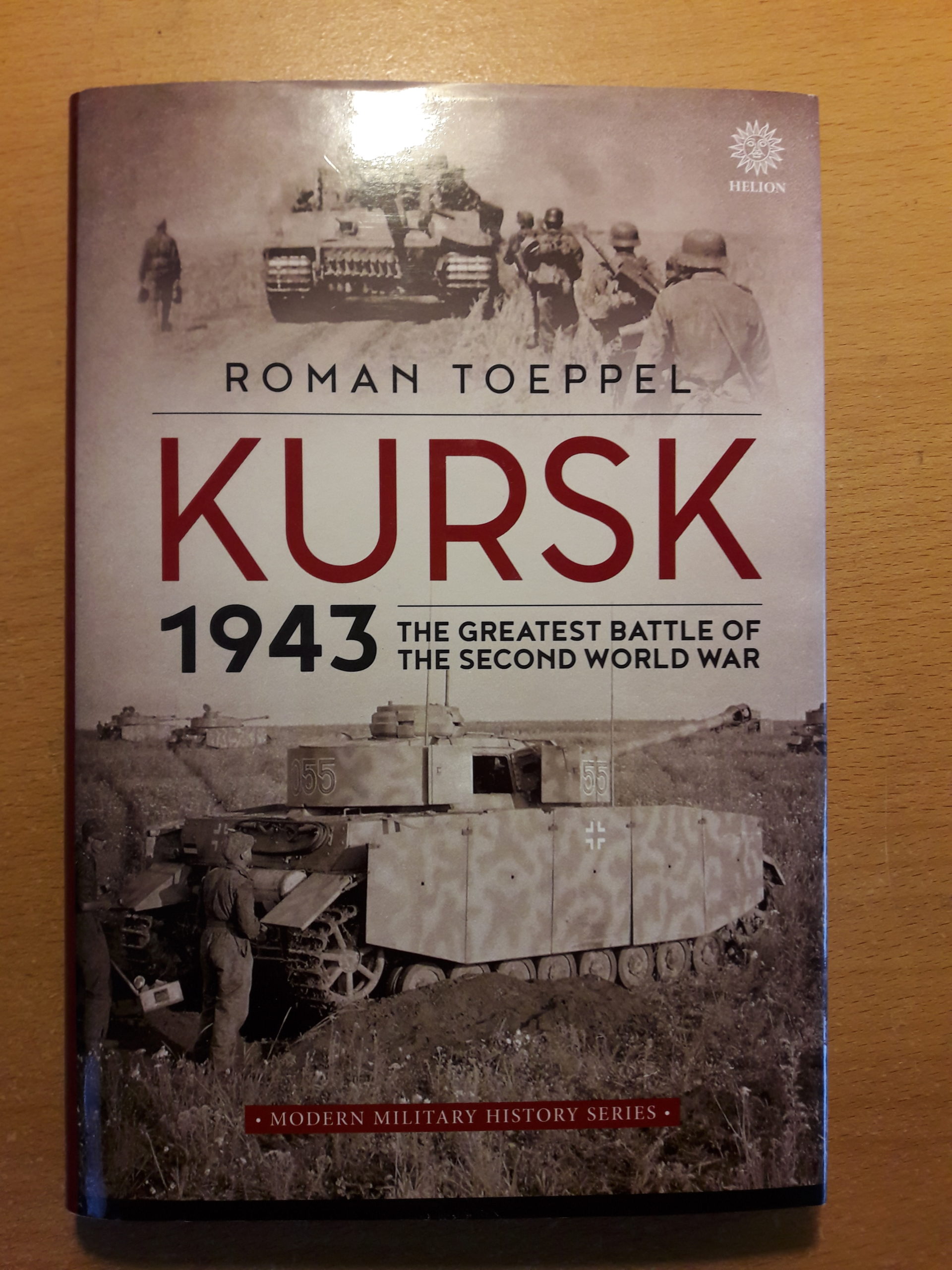
It is not often that I review books not related to Science Fiction. Last year I gave a glowing review of Zach-Like which described the history and puzzles of Zachtronics games. Besides that I have reviewed a few Computer Science books. Yet, I keep a strong fascination with history. The two World Wars that fought in the 20th century are examples that need to be studied. The Second World War in particular is rife with myths and flame wars on social media. Currently I get most of my information from YouTube. As such there is a considerable risk of channels parroting myths and falsehoods or slanting events to cater to those with prejudiced views. In particular I dislike channels that lionize efforts of the Wehrmacht and the SS. Too often they depict biased accounts and remain ignorant of the atrocities committed by said military organisations.
History on YouTube
However, there are a number of channels I have learned to appreciate. These channels have an interesting interrelationship with each other. For me they are all connected by The Mighty Jingles whose videos I watch because I play games such as World of Tanks / Warship and War Thunder. From there on my interests also grew to include The Chieftain’s Hatch, Forgotten Weapons, TIK and Military History Visualized. If you want to delve into in-depth depictions of key battles than TIK is the best. His battlestorm series are examples of good research.

Yet, stay clear of The AceDestroyer. Lack and experience and inability to sense his prejudice makes his channel a hotbed for those with right-wing views. However, one particular channel that deserves attention is Military History Visualized. Run by a native of Austria this channel frequently cites German resources. Using visual aids his videos are effective at setting the record straight on many Second World War topics. Thus dispelling a lot of ‘what if’ opinions. Recently he has consulted historian Dr. Roman Toeppel on various aspects. The channel is not afraid to revisit earlier topics and rectify were needed. It is however the book by Dr. Roman Toeppel that I want to review in this article.
Kursk 1943 by Dr. Roman Toeppel
Dr. Roman Toeppel attempts to set the record straight regarding the battle of Kursk thought on the eastern front in July 1943. The full title of the book is Kursk 1943: The Greatest Battle of Second World War. It was originally published in German as “Die größte Schlacht des Zweiten Weltkriegs” in 2017 and thereafter translated by Katharina Straub. This book is by no means a detailed account of the battle. It does not give a description of the troop movements by each unit or what commanding officer did what at a particular time. There are plenty of other books that do that. Instead the author attempts to shed new light on all circumstances of the battle were so far this has been neglected.

Dr. Roman Toeppel starts with setting the strategic context of the battle. He writes how after the defeat at Stalingrad the strategic initiative briefly passed back to the Germans. An overstretched Soviet Army was vulnerable to counter attack, as shown with the recapture of Kharkov. So the objective for the Germans was to launch an attack that would prevent the tide turning against them, while they still had the strength to launch an attack. The author sets the record straight regarding the operational origins of what would become the Kursk Offensive. He even describes how on the German side referred to it as the “Battle between Orel and Belgorod”.
Unexpected content
The book is not hard to understand, despite its origins as an academic monograph. It follows the battle in a chronological fashion with lengthy paragraphs on the weapons used – particularly the deployment of tanks. On that topic the author directly corrects a number of myths regarding the deployment of Tiger tanks and Elephant / Ferdinand tank destroyer. The image that emerges is that the odds were not hopeless from the start. Instead the delays to the start of the battle, during the battle and the tactical mistakes made victory unlikely. Offensive action was stopped by the Germans due in large because of the strategic situation on other parts of the Eastern front and elsewhere. The conclusion by the senior commander of Army Group South Field Marshall Erich Von Manstein is that the offensive should never have been carried out in July.

Thus regarding the conclusion of the battle the author yet again manages to rectify misconceptions. The book concludes with descriptions of the various counter offensives launched by the Soviet Army against Orel, Belgorod and Kharkov. There is also a detailed description of the losses suffered by both sides and the consequences of these for the remainder of the war. The books contains two section of images, depicting detailed maps and the principal people, weapons and locations. The book contains a number of tables were need to summarize information, yet it remains largely devoid of needless exposition. In fact, the author writes very much ‘to the point’.
Conclusion on Kursk 1943
Overall, Kursk 1943 is a an excellent read. It was authored by someone who was skeptical of the established history regarding the battle of Kursk, the Eastern Front and the Second World War in general. To paraphrase one of my favorite YouTube channel – TIK – “by studying history we continuously obtain a better version of our history”. I hope you have enjoyed this content. If you did, please fill in the ‘subscribe’ form on the right. This book however won’t be my only excursion into history. I fully expect to write a review of Chassepot to Famas by Ian McCollum in the next few weeks. That book is a history of modern French army rifles from 1866 to 2016.





1 thought on “Review of Kursk 1943 by Dr. Roman Toeppel”
Comments are closed.